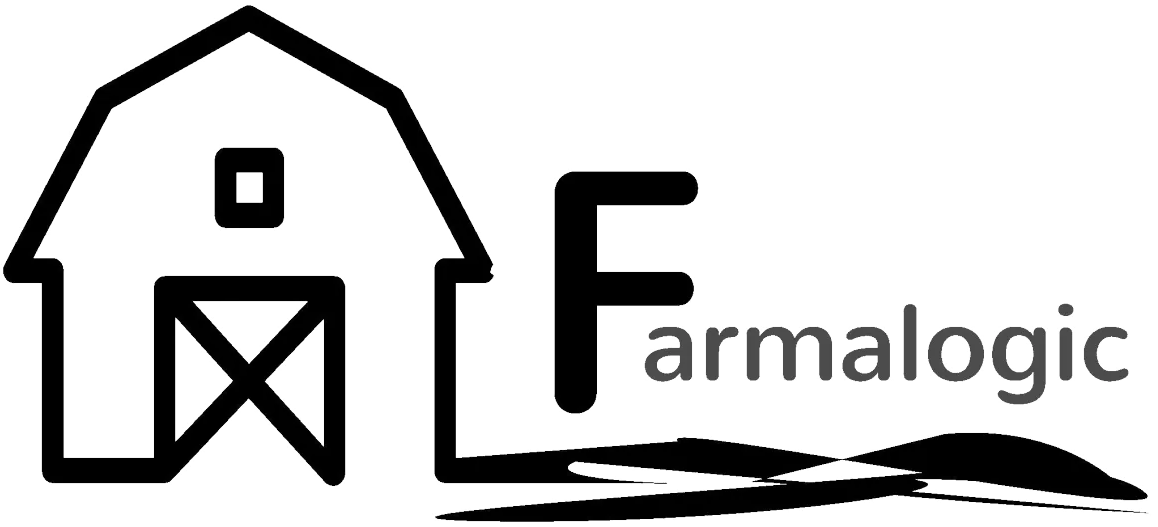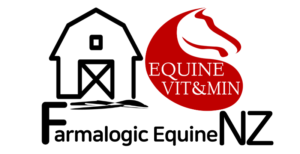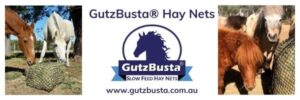Drought conditions in many parts of Australia mean that horses are in paddocks with little or no roughage and hay is difficult and/or expensive to source. This means that horse owners are forced to feed a less than ideal diet.
As a horse owner, how do you decide which dietary compromises are safe?
How should you prioritise feeds in drought feeding strategies?
Here are the top 10 tips to keep in mind for drought feeding horses during roughage shortages:
- Grass is the best roughage – when paddocks are bare can you provide some grazing time on a lead, in the back yard etc, or use a scythe or whipper snipper to collect some roadside grass? Moist mower clippings, especially if fermenting, should NOT be fed.
- When there’s not enough grass, fill the gaps with grass hay.
- It’s OK and often a good idea to feed up to 30% of roughage intake as lucerne or clover hay, or a cereal hay such as oaten/wheaten/barley.
- Chaff is sometimes cheaper than hay in a drought, but remember to feed by weight, not by volume (the ’scoop full’).
- During drought when hay is getting hard to source, you can feed a small amount of clean straw – but take care to introduce it gradually over 10 days or so and limit it to under 20% of roughage intake.
- Try to source your next batch of roughage at least a week before you run out so that change can be introduced gradually to reduce colic risk.
- Do not feed cereal hay or straw to overweight or laminitis prone horses.
- If long stem roughage is getting really limited you can increase the hard feed – but choose fibrous feeds such as soy hulls (eg Maxisoy), copra or beet pulp (eg Microbeet). The type of fibre in these feeds is digestible so it’s not really a complete replacement for grass which contains both digestible and indigestible fibre. Increasing these feeds may be used as a strategy to make long stem roughage last longer.
- The BARE MINIMUM amount of roughage required to keep the equine gut healthy is 1 per cent of bodyweight – that’s 5 kg per day for a 500 kg horse, which is often at least 3 big biscuits of grass hay per day. The horse will still need at least another 3 to 5 kg of food to meet the minimum daily intake requirement.
- Do your best to make the roughage last as long as possible – feed multiple times a day, use hay nets to avoid horses standing without food for more than 4 hours at a time. Minimise hay wastage by using a good quality hay net. We recommend GutzBusta‘s range of strong, lightweight hay nets which can reduce hay wastage by up to 46 per cent.
Click here to learn more about feeding horses for weight gain. For more information, please don’t hesitate to contact Farmalogic, simply enquire online and our team will be in contact with you.






